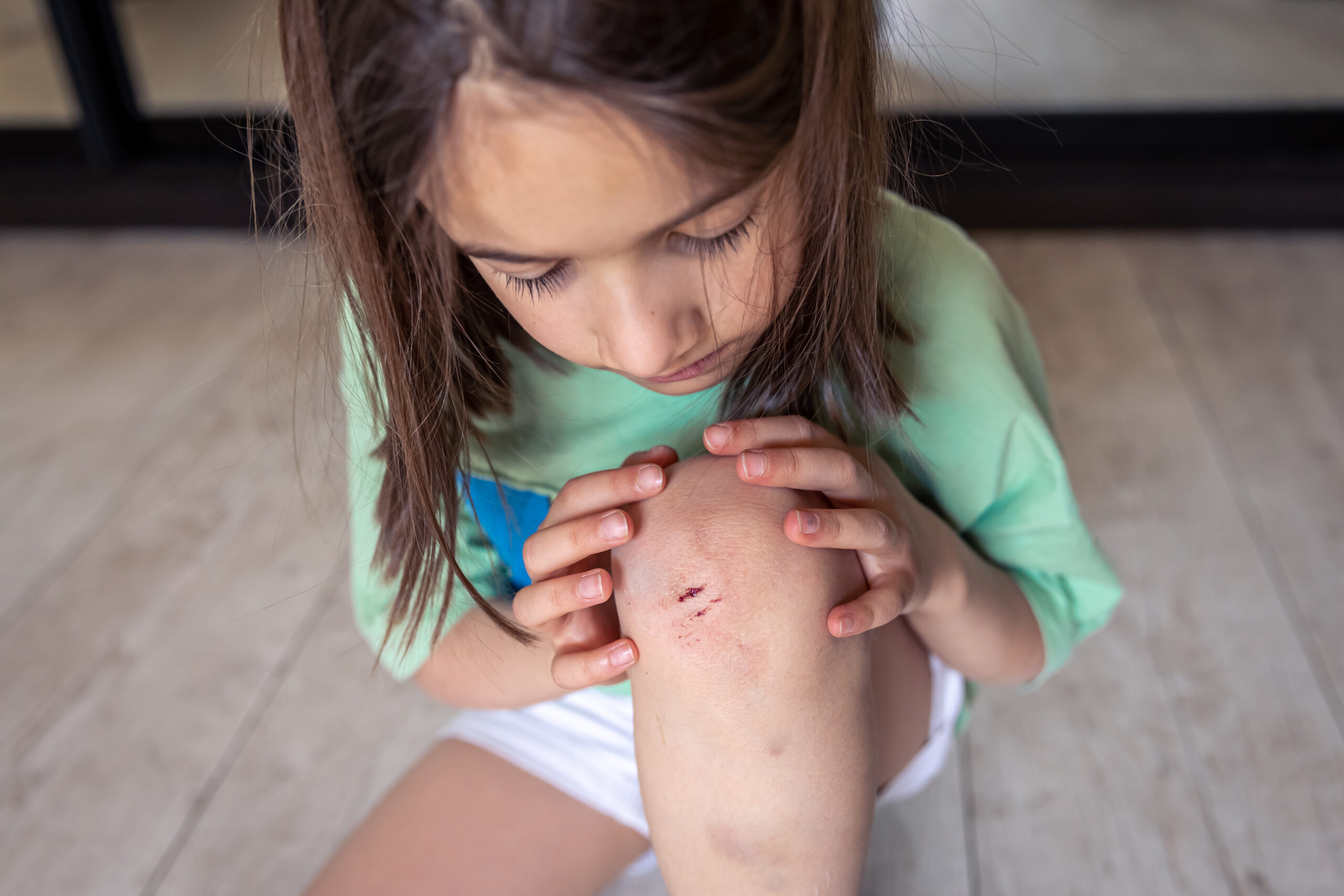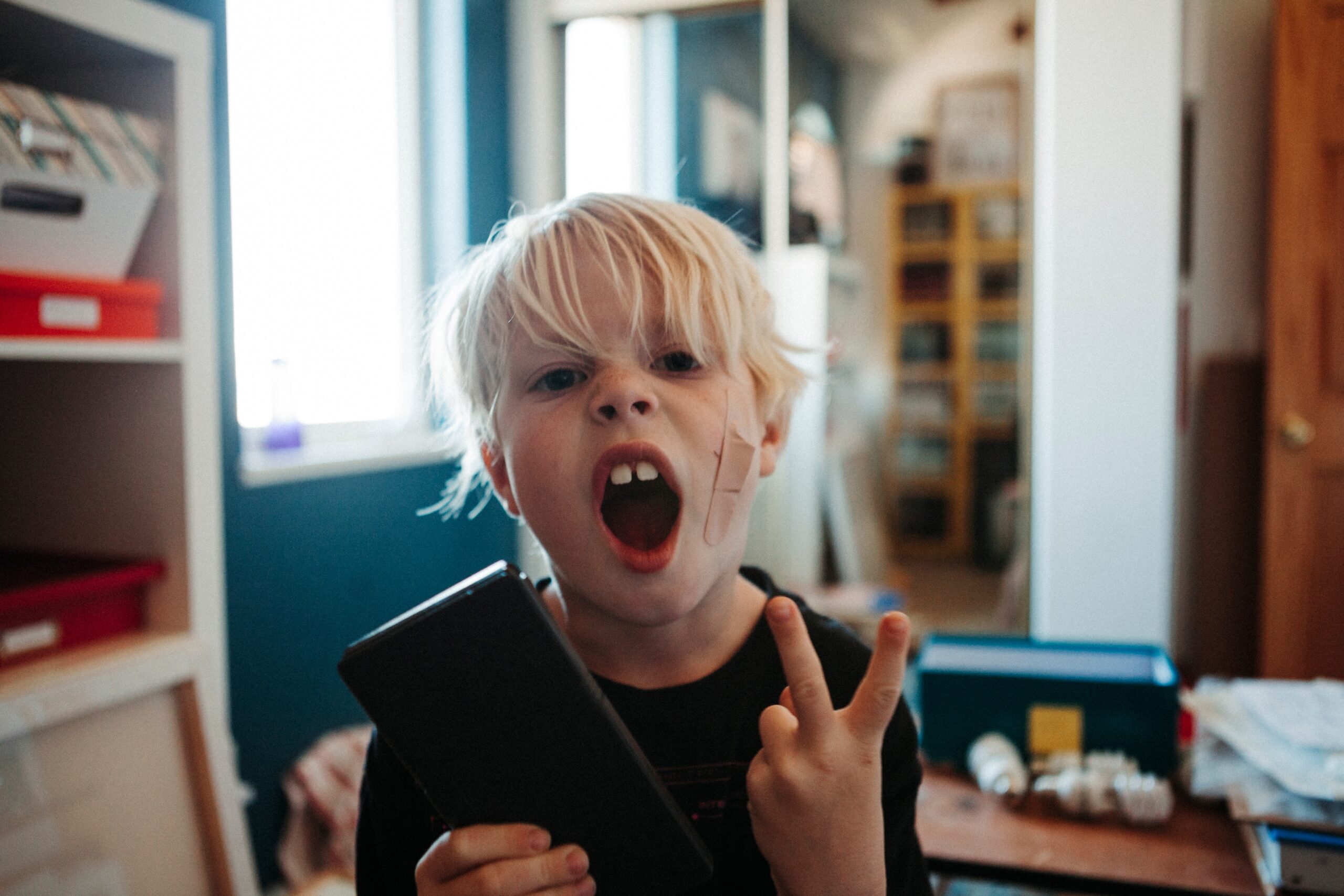How to Manage Inappropriate Touching Behavior in Autistic Children
Inappropriate touching behavior in autistic children can pose challenges for both the child and their caregivers. Understanding the nature of this behavior and implementing effective strategies is essential for managing it in a supportive and constructive manner. In this article, we will explore what constitutes inappropriate touching behavior in autistic children, its characteristics, and provide strategies on how to effectively manage this behavior.
What is inappropriate touching behavior?
Inappropriate touching behavior in autistic children refers to actions that involve touching oneself or others in a way that violates personal boundaries or social norms. It is important to note that this behavior may not always stem from deliberate misconduct, but rather can be a manifestation of the child’s communication or sensory challenges.
Characteristics of inappropriate behavior in autistic children
The inappropriate touching behavior in autistic children can vary from person to person. It may include actions such as hugging, touching, or invading someone’s personal space without their consent. Some children with autism may exhibit repetitive movements or engage in touching specific body parts. While these actions can be coping mechanisms for the child’s sensory needs, they may be perceived as inappropriate or socially unacceptable in certain situations. In some cases, the behavior may be driven by sensory exploration, where the child seeks tactile stimulation.
One factor contributing to inappropriate touching behavior in autistic children is a lack of understanding of social boundaries. They may struggle to recognize or comprehend appropriate times, places, or circumstances for physical contact. Additionally, difficulties in communication and social skills can further contribute to the manifestation of inappropriate behavior.
Strategies to manage inappropriate touching behavior in autistic children
When addressing and managing inappropriate touching behavior in autistic children, it is important to consider the underlying causes and implement appropriate strategies. Here are some general guidelines that can help:
- Understand the causes of the behavior: Identifying the root causes of inappropriate touching behavior in autistic children is crucial before implementing strategies. Factors such as sensory issues, difficulty with social boundaries, communication challenges, or a lack of understanding of appropriate behavior may contribute to this behavior. By understanding the function of the behavior, you can develop interventions that meet the child’s needs in a socially acceptable manner. For example, if a child engages in inappropriate self-touching due to sensory-seeking behavior, it is important to educate them about appropriate boundaries and designate specific times and places for such behaviors, such as in the privacy of their own room with the door closed.
- Social skills training: Use visual supports, social stories, and role-playing to help the child understand appropriate behavior in different social situations. Teach them about personal space, private areas, and appropriate touching. For instance, you can create an activity using hula hoops to demonstrate the concept of personal space. By visually representing personal space boundaries, the child can learn how close they can get to another person and when it is necessary to ask for permission to enter someone else’s personal space.
- Teach communication skills: Encourage the child to express their needs, wants, and emotions in socially acceptable ways. Improve their communication skills through speech therapy, augmentative and alternative communication (AAC) systems, or sign language. Effective communication reduces the likelihood of resorting to inappropriate touching. Utilize visual aids, such as pictures depicting appropriate touch like high-fives, handshakes, or friendly hugs, to reinforce the concept of acceptable touch. You can also create a “red and green zone” to signify inappropriate and appropriate behaviors respectively.
- Sensory regulation: Some children with autism engage in inappropriate touching due to sensory seeking or sensory processing difficulties. Provide appropriate sensory input and create a sensory-friendly environment to meet their needs. Develop a choice board with a variety of sensory activities and offer the child multiple opportunities to engage in these activities throughout the day. This can help compensate for their sensory needs and reduce the likelihood of engaging in inappropriate touching behavior.
- Use social stories: Social stories are useful tools for helping children with autism understand appropriate boundaries and behaviors. They provide visual cues and help navigate social situations more effectively. Create and utilize social stories that describe what personal space looks like, what to do if the child wants to enter another person’s personal space, and when to be aware of another person’s personal space in different environments.
- Redirect and reinforce appropriate behavior: Use positive reinforcement techniques to reward and reinforce appropriate behavior. When a child exhibits inappropriate touching behavior, redirect their attention to a sensory activity or encourage functional communication. Praise and acknowledge the child when they demonstrate appropriate social skills or use alternative behaviors instead of inappropriate touching. For example, if the child uses a picture of a hug instead of hugging someone without consent, praise their functional communication through pictures and offer them the requested hug.
Seeking professional guidance
It is crucial to approach the behavior of inappropriate touching with empathy and seek guidance from professionals experienced in working with children with autism. Applied Behavior Analysis (ABA) therapy, occupational therapy, and social skills training can be helpful in addressing and managing inappropriate touching behaviors while also focusing on teaching appropriate social skills and personal boundaries. Consulting with a professional will ensure tailored strategies and interventions that best suit the specific needs of the child.
Conclusion
Managing inappropriate touching behavior in autistic children requires a comprehensive understanding of the behavior’s causes and implementing appropriate strategies. By addressing sensory needs, improving social skills, teaching effective communication, and utilizing visual aids, caregivers and professionals can help children with autism develop appropriate boundaries and behaviors. Patience, empathy, and professional guidance play vital roles in providing the necessary support and intervention to manage inappropriate touching behavior in autistic children effectively.
Also read: How to Manage Aggressive Behavior in Children with Autism
About Olga Sirbu
My name is Olga Sirbu, I am a Board Certified Behavior Analyst (BCBA) and Licensed Applied Behavioral Analyst. My goal is to support and empower families and individuals on the autism spectrum.
Autism Advance is dedicated to training parents and caregivers, providing practical tips, and teaching individuals how to educate kids with autism.
I share evidence-based practices to help you better understand and support individuals with autism. Learn practical strategies to help individuals with autism reach their full potential, as well as gain a deeper understanding and acceptance of autism.
Thank you for considering Autism Advance as a resource for your autism journey.








